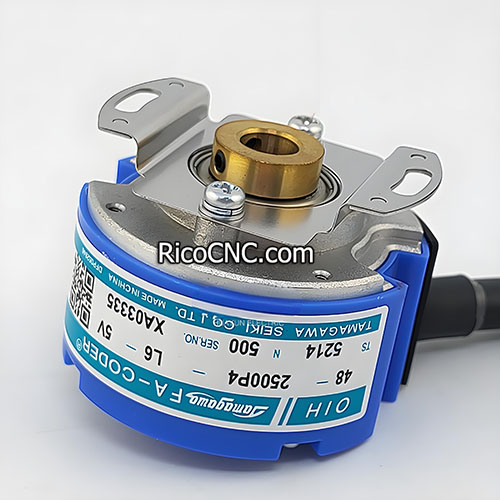
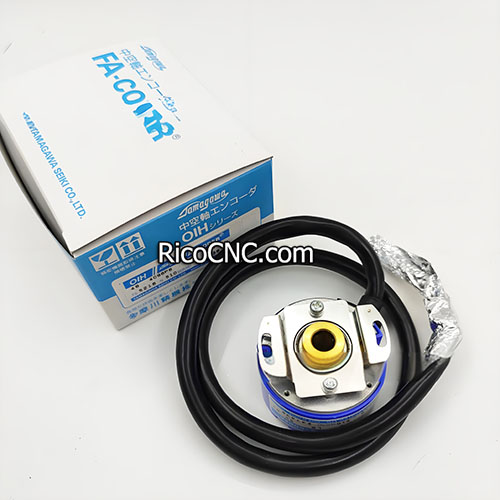
Understanding Rotary Encoders: Types, Functions, and Applications
Rotary encoders are integral to many modern electronic and industrial systems. Whether you're using an Arduino for DIY projects or working with advanced machinery, understanding how rotary encoders work and the different types available can significantly impact your project’s success. This article will break down everything you need to know about rotary encoders, from basic types to their applications in various fields.
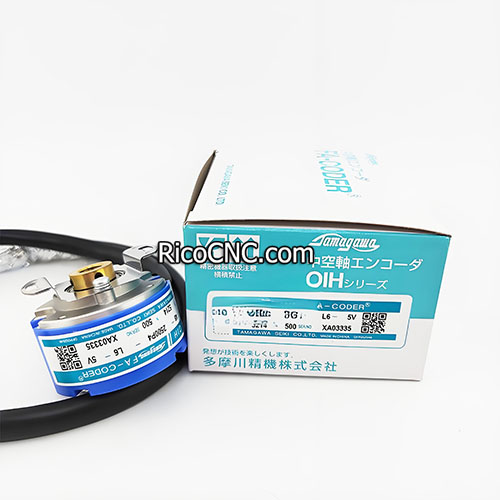
What Is a Rotary Encoder, and Why Should You Care?
Rotary encoders are electro-mechanical devices that convert the angular position or motion of a shaft into a digital or analog signal. They are used in various applications to measure speed, direction, and distance. Understanding the different types of rotary encoders will help you choose the right one for your needs, improving the accuracy and performance of your projects.
What is a Rotary Encoder?
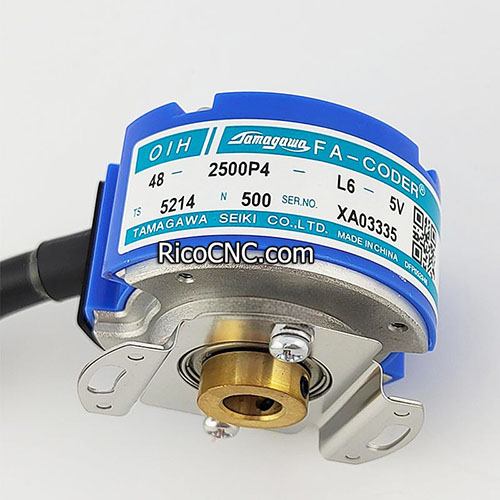
A rotary encoder is a type of sensor used to determine the position or motion of a rotating object, typically a shaft. It converts this rotational movement into a readable signal that machines, computers, or systems can process. Rotary encoders play a pivotal role in robotics, industrial automation, and DIY projects such as those using Arduino and Raspberry Pi.
Rotary encoders can be classified as either absolute or incremental, each serving different functions depending on the application. They come in various forms, such as optical, magnetic, and hollow shaft, and are often compared to potentiometers due to their similar applications.
Types of Rotary Encoders: Absolute vs. Incremental

The two main types of rotary encoders are absolute rotary encoders and incremental rotary encoders. While both measure rotational motion, they differ in how they encode data and their use cases.
Absolute Rotary Encoder

An absolute rotary encoder provides a unique position for every shaft angle. Even after the system is powered off and on again, an absolute rotary encoder can remember the exact position of the shaft. This feature is particularly useful in applications where precision and reliability are critical.
Incremental Rotary Encoder
An incremental rotary encoder, on the other hand, measures the relative movement of the shaft. Unlike an absolute encoder, it does not keep track of the shaft position after a power cycle. Incremental encoders are typically used in applications requiring speed and direction feedback.
How Does an Absolute Rotary Encoder Work?
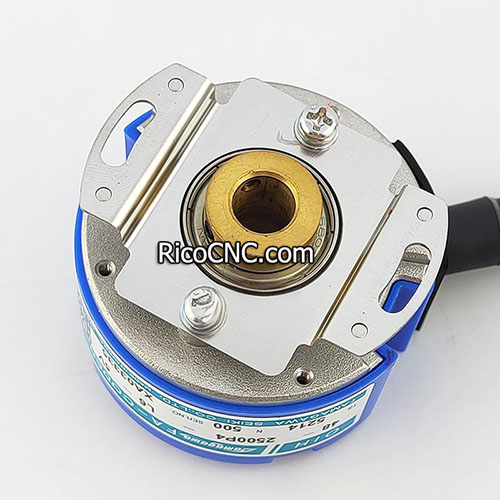
An absolute rotary encoder provides a digital code that corresponds to the shaft position. Each position of the shaft has a unique binary or Gray code output. This makes absolute encoders ideal for applications requiring exact positioning without the need for a reference point.
Optical absolute encoders are the most common type. They use a disk with a unique pattern that is illuminated by a light source, and sensors read this pattern to determine the position of the shaft. Other types include magnetic absolute encoders, which use changes in a magnetic field to determine position.
Incremental Rotary Encoders: Everything You Need to Know
Unlike absolute encoders, incremental rotary encoders only measure changes in position. These changes are counted as pulses generated by the encoder as the shaft rotates. The direction of rotation can also be detected using quadrature encoding, which produces two signals in different phases.
Optical Rotary Encoder: How It Works
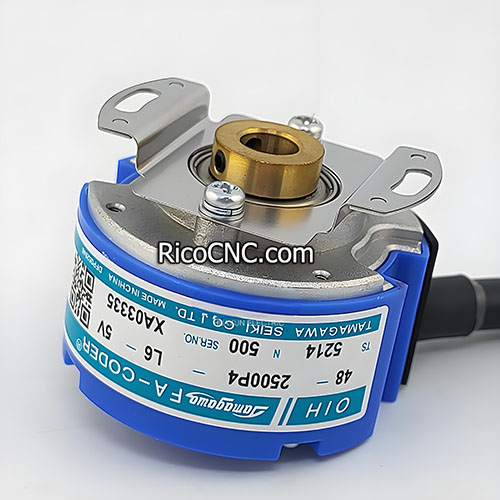
An optical rotary encoder is one of the most precise types of encoders available. It uses a disc with transparent and opaque sections. As the disc rotates, a light source shines through these sections onto a sensor. The sensor detects the pattern, which is then converted into a position signal.
This type of encoder is frequently used in robotics, medical devices, and industrial automation due to its high accuracy.
Magnetic Rotary Encoders: When and Why to Use Them
Magnetic rotary encoders work by detecting changes in a magnetic field as a shaft rotates. Unlike optical encoders, they are more robust and can operate in harsh environments with dust, dirt, and moisture.
Rotary Encoder Pinout: Understanding Connections
To integrate a rotary encoder into your project, you must understand its pinout. Most rotary encoders have a 5-pin configuration:
| Pin | Function |
|---|---|
| GND | Ground |
| VCC | 5V Power |
| A | Signal A |
| B | Signal B |
| SW | Push Button |
Applications of Rotary Encoders in Arduino Projects
One of the most common uses for rotary encoders is in Arduino projects. These sensors can be used to build volume knobs, menu selection devices, and even robot navigation systems.
Quadrature Rotary Encoders: What Are They and How Do They Work?
Quadrature rotary encoders generate two signals, A and B, that are 90 degrees out of phase. This phase difference allows the encoder to determine the direction of the rotation. Quadrature encoders are widely used in position tracking and motor control systems.
Choosing Between Rotary Encoders and Potentiometers
Rotary encoders and potentiometers are often compared because both measure rotational movement. However, rotary encoders offer advantages such as continuous rotation and higher precision, making them better suited for certain applications.
Summary
Rotary encoders are essential for measuring angular position or motion.
There are two primary types: absolute and incremental encoders.
Absolute rotary encoders provide unique position data, even after power cycles.
Incremental rotary encoders are ideal for speed and direction measurement.
Applications of rotary encoders range from industrial automation to Arduino projects.
RicoCNC can offer a series of encoder, like:
Tamagawa TS5246N160 OIH100-8192P20-L6-5V FA-CODER Incremental Elevator Rotary Encoder
TS5213N2503 TAMAGAWA FA-CODER OIH50 Series Optical Rotary Elevator Encoder
ERN1120 1024 ID669522-02 Heidenhain Sumtak Incremental Rotary Encoder
ERN1130 600 ID682086-03 HEIDENHAIN SUMTAK Rotary Encoder Incremental Encoder
Welcome your inquiry.















